Geophysics, a branch of Earth science, is a critical field of study that combines aspects of physics, geology, and mathematics to delve into the intricate workings of Earth. This science helps in understanding Earth’s physical properties, and various processes occurring beneath the surface. It is a discipline that utilizes advanced technology to measure, analyze, and interpret data related to Earth’s magnetic, electric, and gravitational fields. Moreover, geophysics plays an integral role in researching and predicting natural disasters such as earthquakes and tsunamis, contributing significantly to the preservation of human life and property.
The scope of geophysics is extensive, extending from the Earth’s core to the furthest reaches of the atmosphere. Besides Earth’s exploration, it also contributes to the study of other planets. Geophysical methods are employed in various industries, including oil and gas, mineral exploration, and environmental science. The application of geophysical surveys in civil engineering, for instance, aids in the detection of subsurface anomalies, thus preventing catastrophic failures. The understanding and application of geophysics have become increasingly essential in addressing the challenges of the 21st-century world.
Overview of Geophysics
Starting with the definition of geophysics, an integral part of earth science and physics, the field uses geophysical methods and tools to study earth structure. Delving into the history of geophysics, it highlights the evolution and growth of geophysics careers and courses, underlining the importance of geophysical data. Exploring the branches of geophysics, the focus is on seismic, geodetic, and other specializations that have shaped environmental science careers.
Definition of Geophysics
Transitioning from the exploration of the Earth’s vast oceans, let’s now dive deeper into the scientific discipline that studies the physical aspects of the Earth and its surrounding space environment: geophysics. This fascinating field is the cornerstone of many environmental science careers, including marine biologist careers and geophysics careers. It involves the application of principles from physics, along with geophysical methods and tools, to investigate and understand the earth’s structure, processes, and materials.
Geophysics is not just about studying seismic and geodetic phenomena. It encompasses a broad spectrum of topics, from earth science astronomy to earth tide research and earth deformation. This discipline also deals with phenomena related to the earth’s magnetic and polar attributes, and its interaction with both the solid earth and the earth’s atmosphere.
The geophysical data gathered using various geophysical methods, including borehole geophysical methods, are crucial in several fields such as civil engineering, environmental geophysics, and earth navigation photogrammetry.
History of Geophysics
Transitioning from the rudiments of environmental science careers, let’s delve into the fascinating history of geophysics, a discipline that has provided the foundation for many ecological science careers, including the marine biologist career and numerous geophysics careers.
The roots of geophysics trace back to ancient times, with early civilizations using rudimentary geophysical tools and methods. For example, the Chinese used a simple seismoscope to measure earthquakes as early as 132 AD. However, it was not until the 19th and 20th centuries that geophysics emerged as a formal science. During this period, the development of increasingly sophisticated geophysical methods, such as seismic, geodetic, and borehole geophysical methods, transformed the field. This evolution was driven by technological advancements, including the creation of multiple satellite networks, like GPS satellites, and the development of software instrumentation for data analysis.
Branches of Geophysics
Shifting gears, let’s delve into the fascinating world of the different branches of Geophysics. This area of study is multifaceted, each branch offering unique geophysics careers and open positions in geophysics careers.
1- Seismic geophysics: a significant branch that uses seismic waves to probe Earth’s subsurface structure. It plays a pivotal role in earth science astronomy and understanding the dynamic earth seismic velocities.
2- Geodetic geophysics: focuses on measuring and representing the earth. Using data from multiple satellite networks and GPS satellites, geodetic geophysicists study the earth’s size, shape, orientation, gravitational field, and tides.
3- Geothermal Geophysics: Geothermal geophysics is concerned with studying the Earth’s heat and energy resources. Geophysical methods are used to characterize subsurface temperature gradients, identify geothermal reservoirs, and assess the potential for geothermal energy production.
4- Exploration Geophysics: Exploration geophysics is focused on the search for natural resources, such as minerals, oil, and gas. Geophysical techniques, including seismic surveys, magnetic surveys, and electrical surveys, are employed to locate and characterize subsurface deposits and guide exploration efforts.
5- Environmental Geophysics: Environmental geophysics involves the application of geophysical methods to study and monitor environmental processes and phenomena. It is used to assess groundwater resources, investigate soil and water contamination, monitor land subsidence, and study the impact of human activities on the environment.
6- Geophysical Fluid Dynamics: Geophysical fluid dynamics focuses on the study of fluid flow in natural systems, such as oceans, atmosphere, and rivers. It involves the application of physics and mathematics to understand and model fluid behavior, including ocean currents, atmospheric circulation, and river dynamics.
7- Paleomagnetism: Paleomagnetism is the study of the Earth’s past magnetic field as recorded in rocks. It involves measuring and analyzing the magnetic properties of rocks to reconstruct the Earth’s ancient magnetic field, study plate tectonics, and investigate past climate changes.
8- Geophysical Imaging: Geophysical imaging techniques are used to create detailed images of subsurface structures and features. This branch includes various methods such as seismic imaging, electrical imaging, and radar imaging. Geophysical imaging plays a crucial role in geological mapping, engineering investigations, and archaeological studies.
9- Planetary Geophysics: Planetary geophysics involves the application of geophysical techniques and principles to study the physical properties and processes of other planets and celestial bodies. It includes the study of planetary interiors, surface features, atmospheric dynamics, and magnetic fields.
Applications and Uses
Gently sailing into the sea of geophysics applications, one finds an array of geophysical tools utilized to comprehend the earth’s structure and its extremes. Geophysics careers span various sectors, from environmental science careers to civil engineering and exploration work. Imagine this. Data obtained from seismic, geodetic, and other geophysical methods are invaluable in engineering geophysics, enabling safe and efficient urban redevelopment services.
Moreover, consider this. In the sphere of environmental geophysics, these methods assist in understanding the dynamic earth, from earth seismic velocities and mantle convection to earth tide research.
Physical Processes Explained by Geophysics
Examining Physical Processes Explained by Geophysics elucidates various aspects of earth sciences, with applications in environmental science careers and geophysics careers. The subtopic of Plate Tectonics provides insights into earth structure and earth plate tectonics precession, integral to many geophysics courses and geophysicist careers. The examination of Earthquakes and Volcanoes utilizes seismic and geodetic data, contributing to the comprehension of earth science extremes. Atmosphere and Climate explores Earth’s prebiotic atmosphere, significant for environmental and engineering geophysics.
Plate Tectonics
Diving into the depths of the Earth’s mysteries, one of the primary areas of focus for many environmental science careers is Plate Tectonics. In the world of geophysics, this is a fundamental concept that continues to shape open positions in geophysics careers. Geophysicist careers often involve deciphering the constant reshaping of the earth’s crust by plate tectonics through the geophysical method.
Various geophysical methods are used to gather data about the Earth’s crust and mantle. One such method is the geodetic analysis, which provides meaningful insights into the earth science extremes. This analysis aids geophysicists in understanding the earth’s mantle convection precession and earth plate tectonics precession.
Plate tectonics is the engine that drives the earth’s deformation and is integral to understanding solid earth applications. It explains many phenomena on the earth’s surface and prebiotic atmosphere, including the formation of mineral resources vital for urban redevelopment services and engineering services.
Earthquakes and Volcanoes

Pivoting from a broad overview of geophysics, let’s delve into the complexities of Earthquakes and Volcanoes. These geophysical phenomena provide a rich ground for many environmental science careers. Geophysicists employ various geophysical methods, such as seismic geodetic software instrumentation, to study the earth’s seismic activities.
Volcanic eruptions and earthquakes are primarily monitored using data collected from geodetic and seismic instruments. This data aids in understanding the earth’s mantle convection precession, a crucial element in plate tectonics. Open positions in geophysics careers often demand expertise in this area.
Geophysics earth studies provide valuable insights into the earth’s deformation caused by these phenomena. The volatile earth timeline, marked by these events, is important for exploration work in geophysics and related fields, including environmental geophysics and engineering geophysics.
The complex interaction between the earth, its oceans, and the prebiotic atmosphere is also profoundly influenced by earthquakes and volcanoes.
Atmosphere and Climate
Delving deeper into the realm of geophysics, one can’t overlook the profound impact this science has on understanding the Atmosphere and Climate. This is not only a core area of study in geophysics but also a domain that offers a multitude of open positions in geophysics careers for aspiring geophysicists.
Geophysicists use a variety of methods, from analyzing data gathered by GPS satellites to observing Earth’s polar magnetic fields to study the atmosphere and climate. These studies shed light on the earth’s timeline, tracing back to the earth’s prebiotic atmosphere, and the ongoing changes in our current climate. They also provide valuable insights into earth mantle convection precession, a significant factor affecting global weather patterns.
Geophysics also plays a crucial role in engineering services, particularly in environmental and engineering geophysics.
Geophysical Techniques
In the realm of Geophysical Techniques, a variety of methods are utilized, each catering to specific open positions in geophysics careers. Seismology uses data from the earth’s seismic activity to study phenomena such as earth mantle convection precession. Electrical and Electromagnetic Methods are pivotal for detecting ore minerals and enhancing geophysicist careers. Gravity and Magnetic Methods require an understanding of Earth’s magnetic and polar properties. Ground Penetrating Radar (GPR) and Remote Sensing, employing GPS satellites, contribute significantly to environmental and engineering geophysics.
Seismology
As we delve deeper into the earth’s mysteries, we uncover the grandeur of its ceaseless mechanisms. One of the paramount tools in this noble pursuit is Seismology. It is an integral part of geophysics earth studies and a vital field in open positions in geophysics careers. Seismology explores the vibrations that travel through the Earth’s interior, providing a window into the structure and processes beneath the Earth’s surface. Using seismic geodetic software instrumentation and GPS satellites, geophysicists can map the earth’s interior, from the crust to the core, furthering the understanding of the earth’s timeline and its prebiotic atmosphere. This branch of geophysics is not only involved in environmental and engineering geophysics but also in engineering services. The data retrieved aids in engineering geophysics projects, ensuring inclusion safety sustainability.
Electrical and Electromagnetic Methods

Moving from understanding the physical processes of the earth and oceans, let’s delve into the techniques geophysicists use. One such technique is the Electrical and Electromagnetic Methods. These methods, pivotal in engineering geophysics and environmental and engineering geophysics, employ the principles of physics to interpret the earth’s subsurface.
These methods are key tools in the geophysicist career, as they are instrumental in identifying ore minerals, locating geodesy resources, and determining the earth’s prebiotic atmosphere. For instance, Electrical Resistivity Tomography (ERT) can detect changes in the earth’s subsurface resistivity, providing a detailed earth timeline.
Moreover, the Time-Domain Electromagnetic method (TDEM) is extensively used for deeper investigations. These techniques not only contribute to the understanding of geophysics earth but also open positions in geophysics careers. Indeed, sci engineering inc and other similar sciences organizations greatly value these skills.
Gravity and Magnetic Methods
Moving from the explanation of physical processes to the tools that help us understand those processes, let’s delve into Gravity and Magnetic Methods in geophysics. These methods are central to the detection and mapping of ore minerals and variations in Earth’s magnetic and gravitational fields.
Techniques in this field involve measuring the variations in Earth’s gravitational and magnetic fields to identify subsurface structures. The principles employed by geophysicists in this field are integral to disciplines like geology, geodesy resources seismology resources, and environmental and engineering geophysics.
The gravity method, for instance, has been instrumental in revealing the structure of Earth’s crust and mantle. Meanwhile, magnetic methods have been key in studies of Earth’s prebiotic atmosphere, and polar explorations. These techniques are not only valuable in the field of geophysics earth but also in similar sciences and open positions in geophysics careers.
Ground Penetrating Radar (GPR)
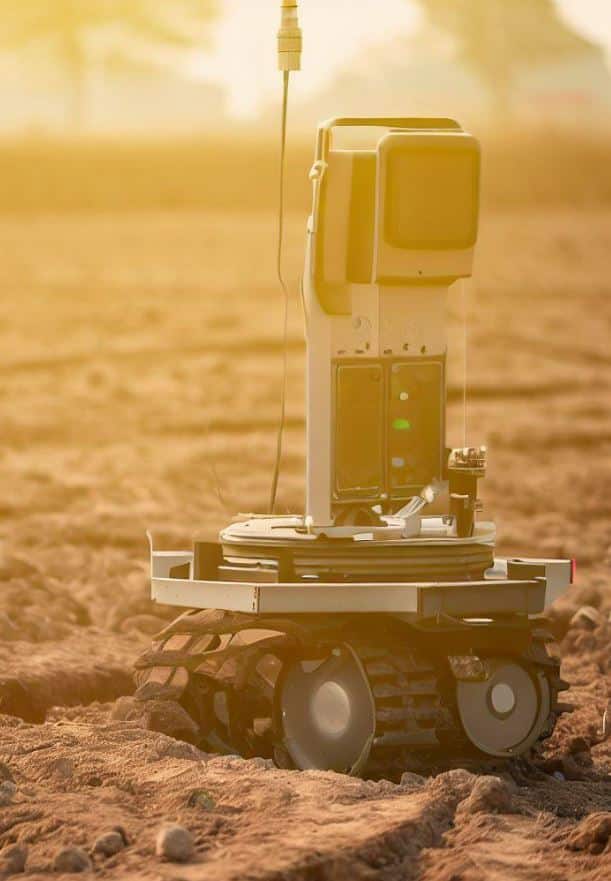
Moving on from the physical processes that have shaped the Earth, the science of geophysics has given birth to numerous techniques to explore its mysteries. One such technique is the Ground Penetrating Radar (GPR). GPR is an invaluable tool in environmental and engineering geophysics, and its application extends to various fields, ranging from archaeology to civil engineering.
GPR uses radar pulses to image the subsurface. By bouncing high-frequency radio waves off the subsurface structures, geophysicists can create detailed images of the underground terrain. This method is especially beneficial for studying the earth’s subterranean features without causing any damage to the environment.
But bear in mind, the effectiveness of GPR varies with the type of soil and the depth of the target. However, it has proven particularly useful in detecting non-metallic objects, such as plastic pipes and concrete structures.
Remote Sensing
Diving into the vast expanse of geophysics, one cannot overlook the profound impact of Remote Sensing in environmental and engineering geophysics. This technique allows geophysicists to examine the earth’s surface, including the earth’s oceans and prebiotic atmosphere, without necessarily making physical contact.
Here’s something intriguing to note. Remote sensing involves the use of GPS satellites to gather data, hence affirming its significance in sci engineering inc and various geophysical explorations. The in-depth analysis of this data aids in understanding the earth’s crust, subsequent layers, and even the polar regions.
Moreover, it becomes an invaluable tool in the field of seismology, geology, and geodesy resources. The data gathered through remote sensing guide geophysicists in predicting potential seismic activities, thus promoting inclusion safety sustainability in vulnerable areas.
Computer Modeling
In Computer Modeling, simulating physical processes provides a window to examine Earth’s prebiotic atmosphere and geophysicists’ exploration of geodesy resources. Sequentially, the creation and shaping of the Earth is a vital subtopic, investigating the Earth’s evolution, and the role of Earth’s oceans in molding the planet. The prediction of natural disasters, a cornerstone of seismology, utilizes GPS satellites and magnetic polar data. Geophysical data analysis extends to geology, offering an in-depth look at the earth’s composition and structure.
Simulating Physical Processes

Transitioning from the practical applications of geophysical techniques, the focus now shifts to the digital realm of computer modeling. In this section, the primary theme is Simulating Physical Processes.
Advancements in technology have led to significant strides in the field of geophysics, particularly in the simulation of Earth’s physical processes. Geophysicists now have the ability to replicate and study the dynamism of the Earth’s prebiotic atmosphere, the magnetic polar shifts, and even the internal movements of the Earth’s mantle.
Complex computer simulations offer a wide range of applications, from geology to geodesy resources and seismology resources. While the geophysicist is still reliant on real-world data, provided by tools such as GPS satellites, the ability to model these processes provides invaluable insights.
Creating and Shaping the Earth
Moving from geophysical techniques, imagine the possibility of creating and shaping the Earth virtually. With computer modeling, geophysicists can simulate the evolution of our planet, from its nascent stages to its current form. This process involves the reconstruction of the Earth’s prebiotic atmosphere and the geological transformations that have occurred over billions of years.
What’s more, the use of GPS satellites helps in acquiring accurate geophysical data, thereby improving the quality of these simulations. The understanding of Earth’s magnetic and polar characteristics also feeds into these models, making them more realistic and reliable.
This sci-way/sci-cares approach enables the unraveling of the mysteries of geology and geophysics. Geophysics, as a discipline, has been revolutionized by these technological advances, allowing for a better understanding of the processes that created and shaped the Earth. In essence, sci welcomes the power of computer modeling as a tool for bringing the past to life, and for predicting the future transformations of our planet.
Predicting Natural Disasters
Shifting gears from geophysical techniques, Predicting Natural Disasters emerges as a crucial application of computer modeling in Geophysics. It’s intriguing to uncover how geophysicists leverage advanced simulation techniques in their quest to predict Earth’s most formidable natural disasters.
Imagine this, earthquakes, tsunamis, volcanic eruptions, and landslides – all these natural disasters hold catastrophic potential. Yet, they are fundamentally driven by complex geophysical processes beneath the earth’s surface. By simulating these processes, geophysicists aim to anticipate the earth’s responses to inherent and external stimuli.
For instance, the Earth’s magnetic polar drift can be monitored using GPS satellites. This data, when combined with geological information, provides invaluable insights into seismic activity. Similarly, modeling the earth’s prebiotic atmosphere can shed light on potentially disastrous climatic changes.
What’s more, SCI Welcomes the use of such models not just for prediction, but also for mitigation strategies.
Geophysical Instruments
Geophysical instruments such as Seismographs, Gravimeters, Magnetometers, Electrical Resistivity Meters, and Borehole Logging Tools provide vital data to geophysicists. Seismographs capture the earth’s seismic activity, while Gravimeters measure the earth’s gravitational field. Magnetometers detect magnetic anomalies, often used in conjunction with GPS satellites. Electrical Resistivity Meters analyze the earth’s subsurface resistivity, often used in geology and geophysics.
Seismographs
Moving from the virtual world of computer modeling, imagine stepping into the real world with the tools geophysicists use to study the Earth. The first tool on the list is the Seismograph.
Seismographs, essential instruments in the field of geophysics, provide crucial information regarding the earth’s interior. This is done by measuring and recording the intensity, direction, and duration of seismic waves, which are energy waves generated by earthquakes, explosions, or even ocean waves.
Through the data collected by seismographs, geologists, and geophysicists can map the earth’s structure and identify potential earthquake zones. Furthermore, seismographs also contribute to the monitoring of nuclear tests under international treaties.
This tool has proven to be immensely useful in predicting and preparing for natural disasters, thus saving countless lives. Sci welcomes such advancements that marry technology and geology for the greater good.
In the next section, prepare yourself to delve deeper into geophysics with a shift from seismic activity to gravity measurements.
Gravimeters
Bridging the gap between computer modeling and real-world observations, gravimeters provide critical data for geophysicists. Unveiling the secrets of the earth’s gravitational field, these instruments measure variations in gravity, contributing significantly to the field of geophysics.
Gravimeters operate on the principle of measuring the acceleration due to gravity, which varies slightly across the earth’s surface. The precise measurements from gravimeters, combined with GPS satellite data, help geophysicists to interpret subsurface geology and detect anomalies. These instruments have been instrumental in exploring the earth’s crust, oil and gas exploration, and even in the search for minerals.
The application of gravimeters goes beyond the realm of geology and geophysics. In the world of sci way/sci-cares, these instruments have been used in environmental studies, archaeology, and civil engineering. With the advancement of technology, the sensitivity and precision of gravimeters have improved, making them a reliable tool in the geophysicist’s arsenal.
Magnetometers
Moving ahead from the realm of computer modeling, sci welcomes the audience to the tactile universe of geophysical instruments. Shifting the focus to magnetometers, these devices, a marvel in the field of geophysics, measure the intensity, direction, and relative changes of the earth’s magnetic fields.
Magnetometers are especially critical in locating and mapping mineral deposits beneath the earth’s surface. Archaeologists also use these devices to detect archaeological sites and buried artifacts that have magnetic properties. Furthermore, magnetometers play a significant role in space exploration. The magnetic data collected by these tools from GPS satellites offer essential insights into solar winds and their influence on the Earth’s magnetosphere.
The sensitivity of magnetometers is so high that they can detect changes in a one-billionth part of the earth’s magnetic field. This precision, coupled with their wide range of applications, asserts magnetometers as essential tools in the sci-way/sci-cares approach toward understanding our world.
Electrical Resistivity Meters
Bridging the gap between computer modeling and real-world data collection, Electrical Resistivity Meters play an indispensable role in geophysical surveys. These devices measure the earth’s resistivity, an intrinsic property that varies with the type of rock or soil, the presence of water, and the concentration of various ions.
Electrical Resistivity Meters, often used in conjunction with GPS satellites, emit a low-frequency current into the earth and record the resistance encountered. This information is used to create detailed maps of underground features, providing crucial data for decision-makers in fields such as mineral exploration, environmental science, and civil engineering. For instance, a high resistivity reading might indicate the presence of an oil or gas reservoir, whereas a low reading could suggest a water-saturated layer.
Moreover, these meters have a unique ability to detect changes in the earth’s magnetic field, making them invaluable for studies on sci way/sci cares. In sum, Electrical Resistivity Meters offer a powerful tool to understand and interact with the world beneath our feet.
Borehole Logging Tools
Taking a leap from computer modeling, let’s delve into the fascinating world of geophysical tools, with particular emphasis on borehole logging tools.
Borehole logging tools have revolutionized the field of geophysics. These tools have been instrumental in providing valuable data about the subsurface. Borehole logging tools comprise a variety of instruments that measure properties such as natural gamma radiation, spontaneous potential, resistivity, and sonic velocity.
When launched into boreholes, these tools record physical properties at varying depths. This data is crucial in understanding the geological structure beneath the earth. The tools are also used for locating groundwater resources and tracking changes in the earth’s magnetic field caused by the movement of GPS satellites.
For instance, the magnetic susceptibility log measures the response of subsurface materials to an applied magnetic field. This information is essential for identifying magnetic minerals and estimating their abundance.
Applications of Geophysics
Geophysics plays a critical role in various fields. In exploration and mining, it aids in detecting and locating valuable mineral resources beneath the earth’s surface. Geophysics also contributes to natural hazard mitigation, predicting potential threats such as earthquakes and volcanic eruptions. Furthermore, it significantly impacts climate change research, providing essential data for understanding global warming patterns. Geophysics’ ability to monitor earth movements contributes to earthquake prediction, offering potential warning signs. Lastly, in climate change studies, geophysics helps map the earth’s magnetic field, crucial for tracking climate alterations.
Exploration and Mining
Imagine the possibility of unveiling the hidden treasures beneath the earth’s surface. Armed with this knowledge, one can forge ahead into the depths of the world with certainty and promise.
In the realm of exploration and mining, geophysics plays a pivotal role. It aids in detecting the presence and location of valuable minerals buried deep within the earth. This proves invaluable in guiding excavation efforts, thereby minimizing environmental impact and increasing efficiency.
And here’s the kicker: geophysical instruments also enable the detection of magnetic anomalies. These variations in the earth’s magnetic field often signal the presence of mineral deposits. As such, they are an essential tool in the exploration sector.
In addition, geophysics aids in monitoring the safety of mining operations. Detecting changes in subsurface conditions helps prevent accidents and safeguards the well-being of mine workers. In essence, geophysics serves as the eyes and ears of the mining industry, unveiling the secrets of the underworld.
Natural Hazard Mitigation

Bridging the gap between our understanding of geophysical instruments and their practical applications, it’s pivotal to delve into the realm of Natural Hazard Mitigation. Geophysical studies play a crucial role in this field, fostering a proactive approach toward disaster risk reduction.
Geophysical instruments help in identifying subsurface geological structures and anomalies, which are critical in assessing the potential risk of natural hazards such as earthquakes, landslides, and volcanic eruptions. For instance, the Earth’s magnetic field data can provide valuable insights into the Earth’s crust and mantle’s ongoing processes. These insights can aid in predicting seismic activity, thereby helping to mitigate the potential damages.
Moreover, geophysical techniques are also employed for groundwater contamination studies, which play a significant role in flood risk management. These applications underscore the indispensable role geophysics plays in Natural Hazard Mitigation, bridging the gap between scientific understanding and practical solutions to urgent global challenges.
Climate Change Research
Riding on the wave of knowledge gleaned from the previous section on geophysical instruments, the application of these tools in climate change research emerges as an intriguing field of study.
In the study of climate change, geophysics plays a significant role. Utilizing geophysical instruments, researchers can quantify the rate of climate alteration, and its impacts on the Earth’s ecosystems. For instance, the study of earth’s magnetic fields provides insight into the variations in Earth’s climate over geological time.
Geophysical data can also be used to monitor the melting of polar ice caps, a significant indicator of climate change. Furthermore, these instruments aid in the measurement of sea-level rise, and changes in atmospheric and oceanic temperatures.
Through the application of geophysics, it becomes possible to gain a more comprehensive understanding of the Earth’s climate system. Thus, climate change research stands as a critical application of geophysics, aiding in the formulation of effective strategies to mitigate the impacts of global warming.
In conclusion, geophysics plays a crucial role in understanding the complex physical processes occurring beneath the Earth’s surface. Its applications, ranging from oil and gas exploration to earthquake prediction, highlight its integral role in aiding sustainable development and minimizing the risk of natural disasters.
Geophysical education, through the use of advanced techniques, computer modeling, and instruments, equips individuals to interpret geophysical data accurately. This bolsters the ability to make informed decisions, further enhancing the potential benefits derived from geophysics.
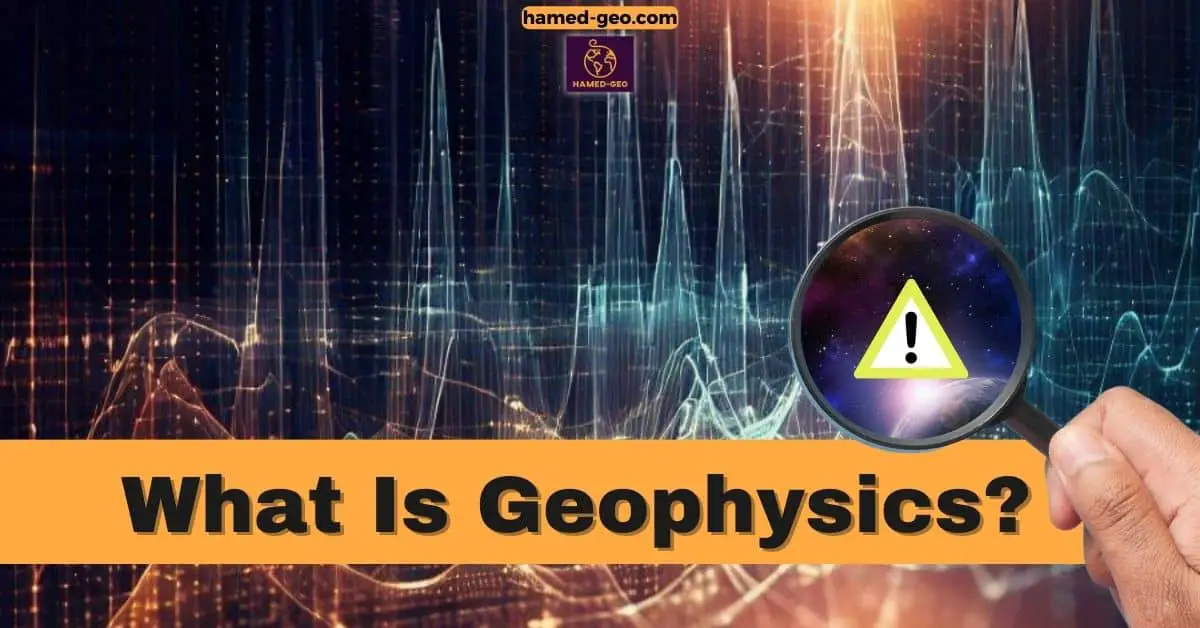
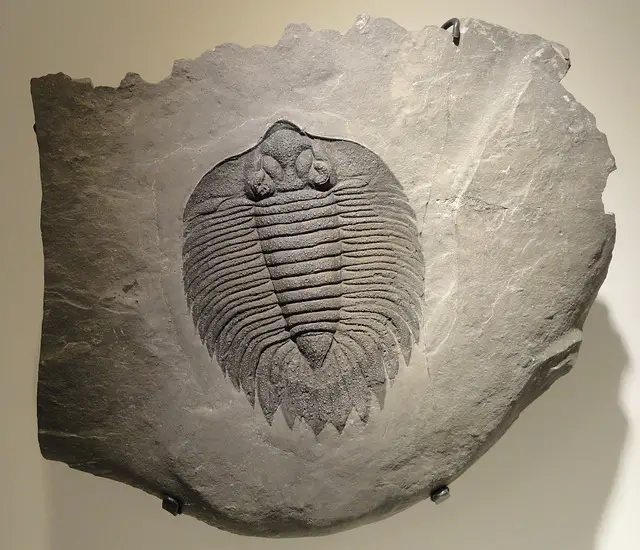
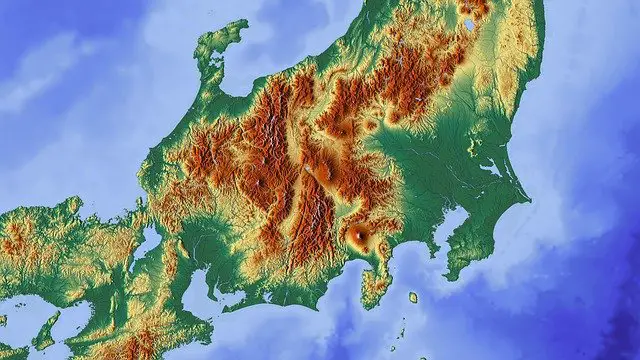
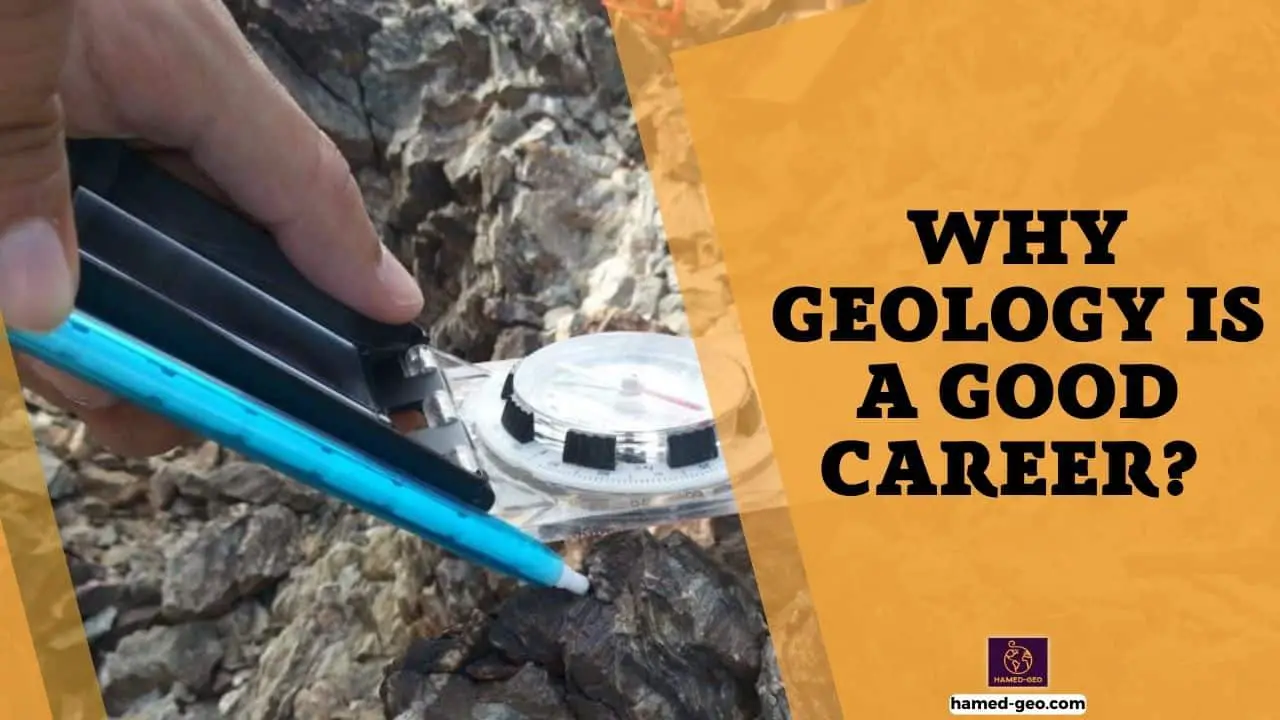
[…] 1-Geophysics is the study of the principal methods of physics of the Earth, including seismology, gravity, magnetics, and electric techniques. Geophysics is used to explore oil, gas, minerals, and archeological sites. […]